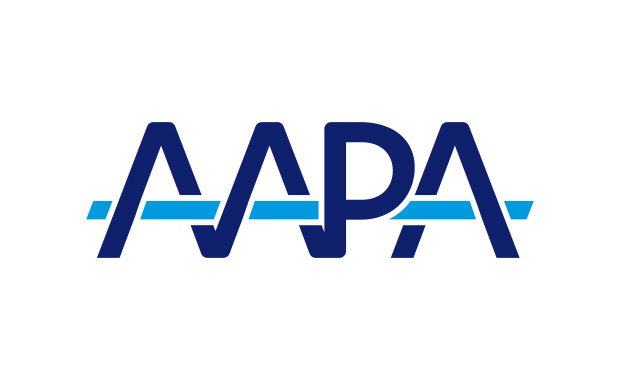Top 5 Ways to Get on the PA Leadership Path
Assess and Build Competencies to Move Career Forward
By Bianca Belcher, PA-C, MPH
June 11, 2018

Are you looking at becoming a PA leader in your organization? There are lots of avenues to get there. To start, PAs need to assess and build their competencies. Here are my top recommendations for getting on the path to PA leadership.
- Decide which of five PA avenues you want to pursue.
- Administration- Look specifically at leadership and management competencies, which go above and beyond your clinical skill set.
- Clinical- Become an expert in a given medical or surgical specialty, patient population, procedure, treatment pathways and/or protocols.
- Education- Focus on creative, comprehensive and technical education; the educational process; and/ or preceptorship of future medical professionals.
- Research- Lead and manage a research team; secure new research grants; publish and respond to institutional issues and agendas; or, maintain and develop your own research expertise.
- Other- Look at entrepreneurship, industry, consulting, or volunteer leadership.
- Consider leadership competencies and how to get them. Competencies for healthcare services managers include: leadership; communications and relationship management; professional and social responsibility; health and healthcare environment; and business leadership. There are four ways to get them:
- Self-study and experience
- Employer programs that may be local or regional
- Advanced academic degrees
- Earning professional distinction through national associations such as AAPA or CHLM
- Look at degree and non-degree programs to enhance your credentials. There are many options in academic and non-academic settings.
- AAPA’s Center for Healthcare Leadership and Management (CHLM) offers a PA/NP Leadership and Management Certificate Program through Northeastern University designed for PAs, NPs, and those who manage them. It is a 12-credit graduate certificate that includes four courses focusing on leadership, billing and reimbursement and metrics.
- Another practical option is CHLM’s Executive Leadership Conference, a 2-day program designed to help PA leaders and clinical administrators acquire management skills and become a more effective leader.
- PAs can also consider dual-degree programs such as pairing the PA-C studies with MPH, MA, MS, PhD, or MBA degrees. CHLM will offer a “Degree Pathway Program” with universities including, but not limited to, Arizona State University, the Dartmouth Institute, and George Washington University in fall 2018. The program will offers core courses that matriculate to the educational partner for a graduate certificate, masters or doctoral degree at a reduced cost.
- Help your employer help you become a leader. If you are truly interested in developing leadership in the PA space, be part of the process. Collect examples of leadership structures and job descriptions; think about who falls under Advanced Practice Providers, and who reports to whom. Once you have scoped out the roles, create appropriate job descriptions; ask about leadership/management training; and establish a performance evaluation process/metrics for your administrative role.
- Be creative and find mentors. My final takeaways for pursuing leadership? Be creative! As mentioned here, there are lots of pathways to leadership. PA leadership opportunities are increasing among employers but we need to build our competencies. Start assessing yours through your employer’s leadership manual or other guide. Consider all avenues for building your competencies, including finding mentors who can guide you through the process. Once you’ve arrived, share and publish what you’ve accomplished.
Bianca Belcher, PA-C, MPH, is a consultant for AAPA’s Center for Healthcare Leadership and Management (CHLM) and one of LinkedIn’s Top Voices 2018: Healthcare. Find her on LinkedIn here, or contact her at [email protected].
Thank you for reading AAPA’s News Central
You have 2 articles left this month. Create a free account to read more stories, or become a member for more access to exclusive benefits! Already have an account? Log in.



